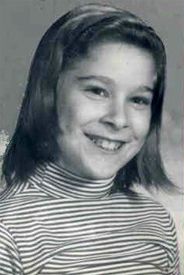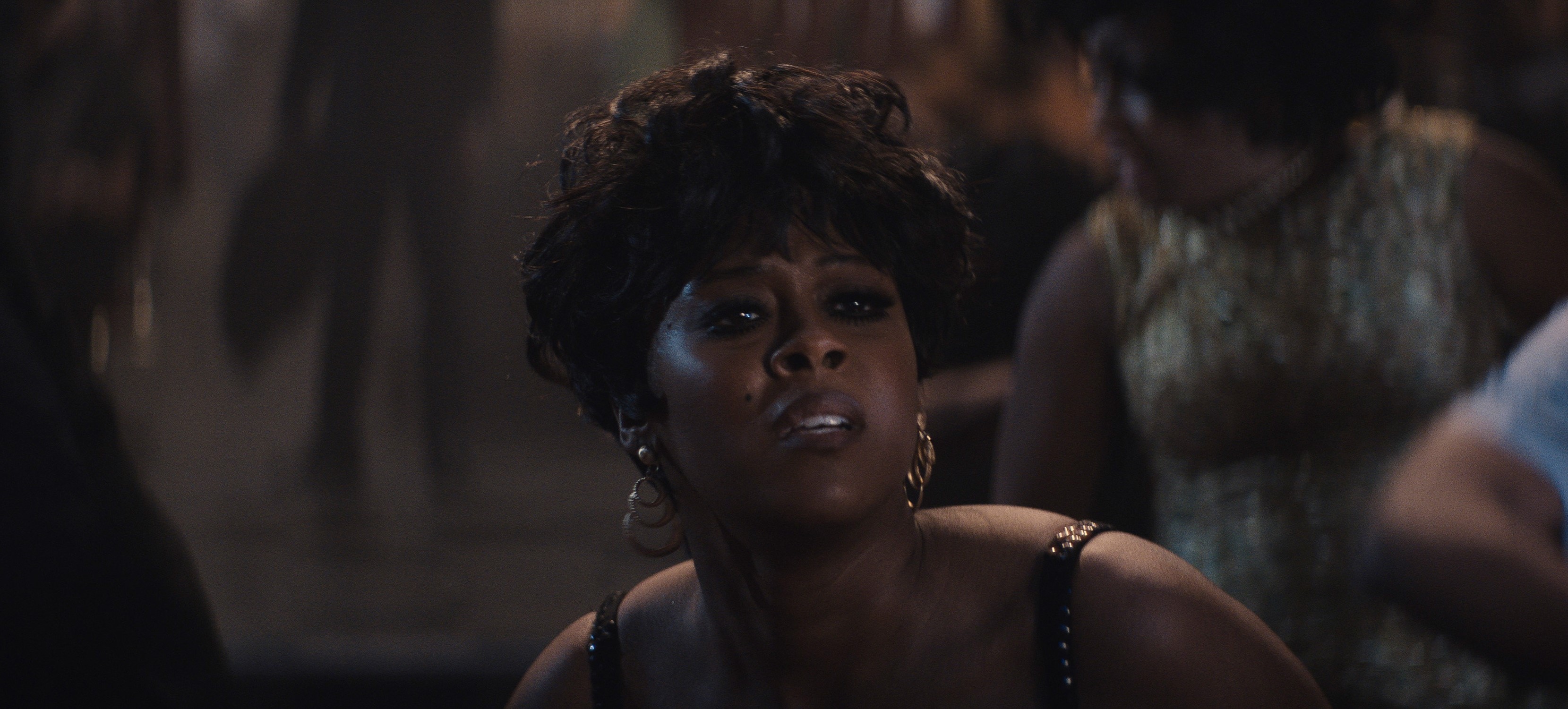Apple TV+’s murder mystery series ‘Lady in the Lake’ revolves around the murders of two Baltimore residents: a Jewish girl named Tessie Durst and a Black bartender named Cleo Johnson. The deaths, which appear to be unrelated at first, shake Maddie Schwartz, who leaves her home and sets out to uncover the mysteries behind the two crimes. Set in Baltimore in the 1960s, the show is based on Laura Lippman’s mystery novel of the same title. The author, who also worked as a reporter like her protagonist, was inspired by two real-life occurrences to write the literary work. The individuals involved in these unrelated happenings are Tessie and Cleo’s real-life counterparts.
Esther Lebowitz’s Disappearance and Murder
Tessie Durst is a fictionalized version of Esther Lebowitz, an eleven-year-old who was found dead in 1969 in Baltimore. At the time, Laura Lippman, aged just ten, was shocked by the news about the murder. “In 1969, an 11-year-old girl named Esther Lebowitz disappeared, and her body was found a few days later… This was in the newspaper at the time, and it fascinated me because I was only 10. I don’t think I even knew that children could be murder victims before that case,” the author told NPR. Esther disappeared on her way to her house from the school. A rabbi gave her a ride from the institution and dropped her at Park Heights Avenue since she wanted to go to a nearby drugstore.

Esther didn’t make it to her house that day. The rabbi who gave her a ride was the last person who saw her alive, indicating that she didn’t make it to the drugstore either. The little girl’s lifeless body, bludgeoned to death, was discovered two days later in a grassy region. The police officers who investigated the body saw a crucial element on her head and body: fine gravel. The investigators initially associated it with the sand on golf courses. However, later, the investigation shifted to the fine gravel used in fish tanks, a move that helped them discover the culprit.
Near the drugstore where Esther was going, there was a tropical fish store operated by a young man named Wayne S. Young, 23 at the time, and his mother. Young was eventually arrested and sentenced to life for murdering the eleven-year-old. In 2014, the convicted man filed a plea to reconsider the verdict in the case because a 2012 ruling by the Maryland Court of Appeals stated that some trial judges had given “unconstitutional instructions” to jurors before 1980. However, the plea was dismissed. In 2015, at the age of 69, Young died in prison.
The Mysterious Murder of Shirley Parker
Shirley Parker, a Black bartender in her 30s who worked in the then-popular Sphinx Club, is the real-life counterpart of Cleo Johnson. Even though Shirley also died in 1969 in Baltimore, Laura Lippman learned about it only after joining The Baltimore Sun. “I never heard about it. Her [Shirley’s] disappearance was not covered in the daily paper. And when her body was found, it was a story that appeared once or twice and then quickly disappeared,” the author added to NPR. A divorcee and mother of two who married twice, she had been missing for five weeks.

Even though there are contradictory reports, many believe that Shirley was last seen on April 23, 1969, the day she had a terrible fight with her then-partner, Arno West. The fight ensued after she learned that West used her salary to buy a cloth piece for another girl. After the fight, he took her to a bar, and then later, they visited some friends. According to local reports, West took her for a drive to cool her off as she seemed angry. At the end of the drive, as per the partner, Shirley asked him to drop her off near the lake in Druid Hill Park. He also added that he saw her climbing the iron railing around the lake.
Shirley was never seen alive after West left the park. Later the same week, he found his missing partner’s purse hanging from the same railing, and he reported it to the authorities. A nationwide search followed the disappearance, but surprisingly, no clues were received. The officers also investigated the lake in Druid Hill Park, only to leave the scene disappointed. Shirley’s decomposed dead body was found by an electrical crew dispatched by the Baltimore County Bureau in the fountain situated in the center of the same lake on June 2.
Shirley’s cause of death remains a mystery. Dr. Ronald Kornblum, an assistant medical examiner, told the press at the time that it was not possible that she drowned herself. However, Sgt. Roger Nolan of the Baltimore PD’s Cold Case Squad ruled out murder. In the official records, the death is registered as the result of hypothermia. Shirley’s death remains unsolved to this day. Even though traces of her life can be seen in Cleo, the latter is ultimately a fictional character. There aren’t any reports that state the real-life bartender ever worked for an underworld lord who controlled gambling in the city. Cleo driving a group of men to the house of a senator to kill her is also fictional.
After learning about the basics of these crimes, Lippman stopped herself from diving too much into the same to prevent the truth from influencing her fiction. “Once I’ve decided that a real-life crime is going to be my inspiration, I do no more research about it. Because I don’t really want to know about that crime. I’ve been drawn to it because of some sort of thematic possibility. It’s like, this is the story I want to tell, so I can’t be weighed down by what’s true,” she said in the same NPR interview.
Read More: Is Lady in the Lake a True Story?


You must be logged in to post a comment.